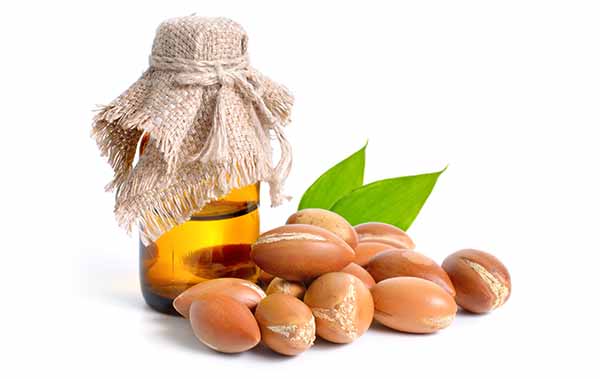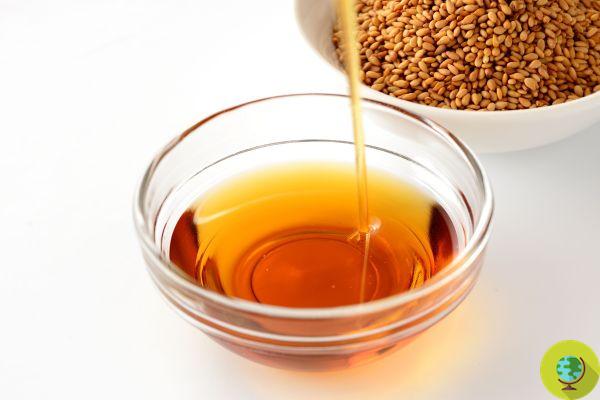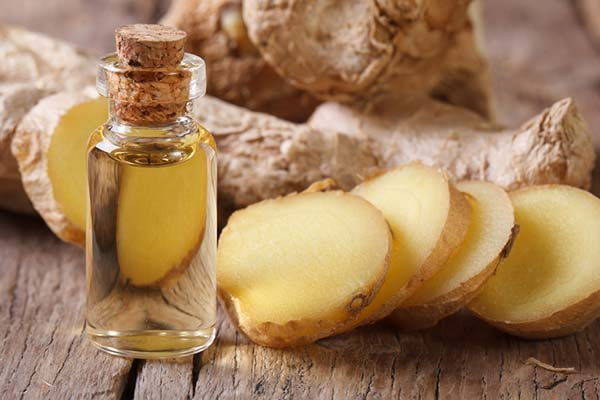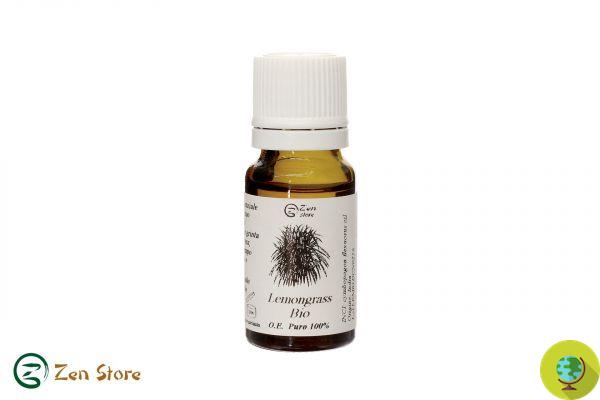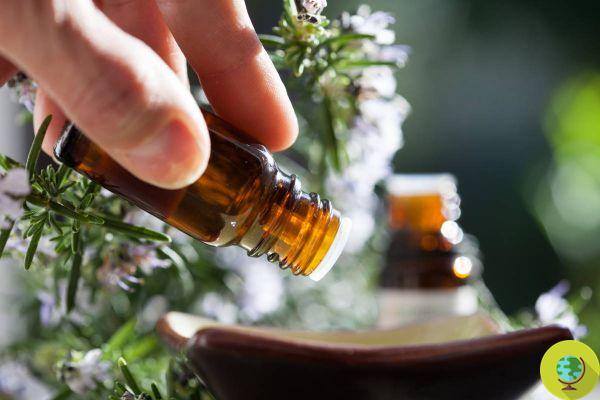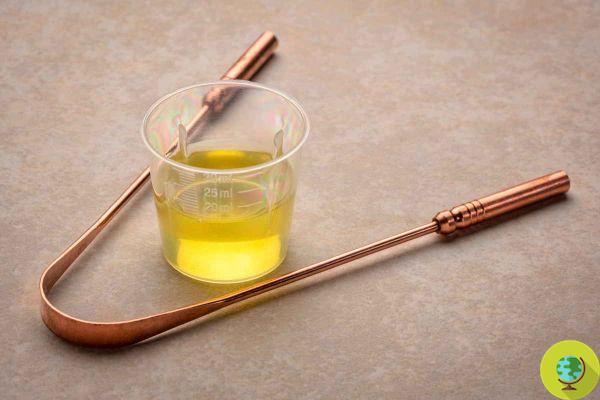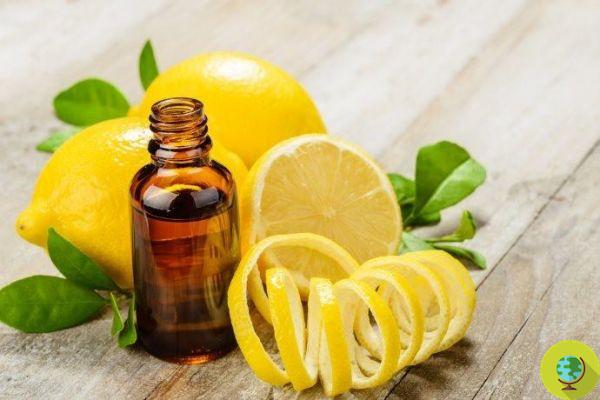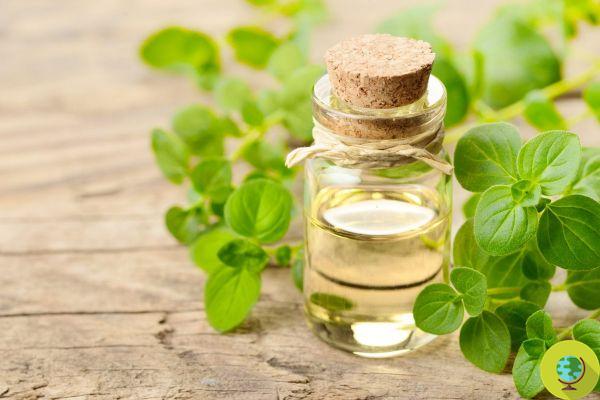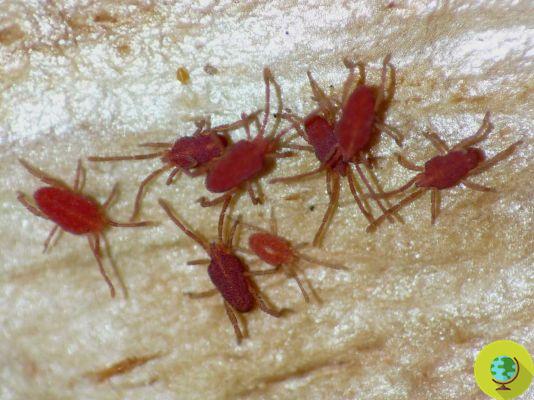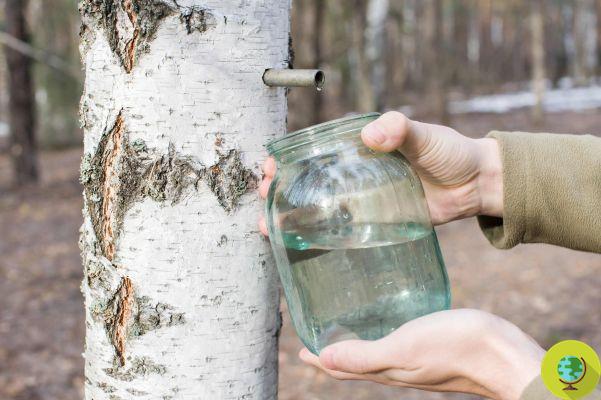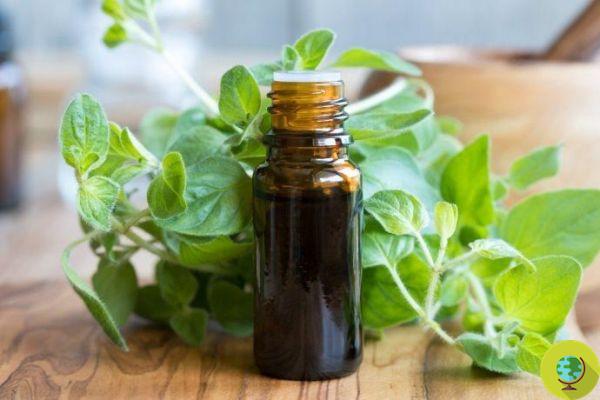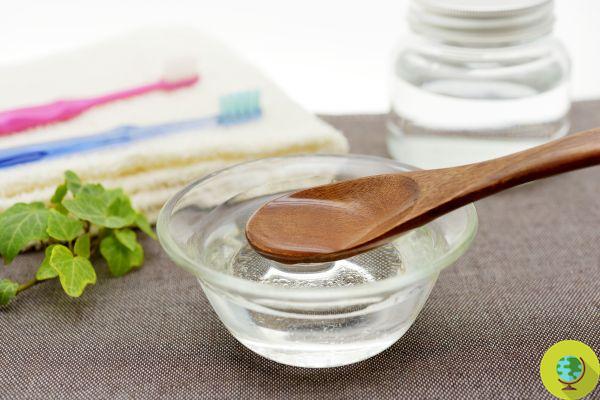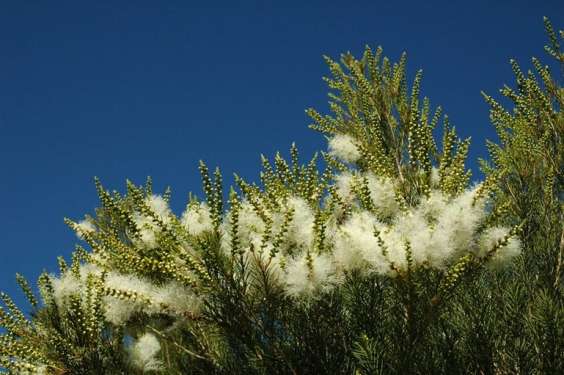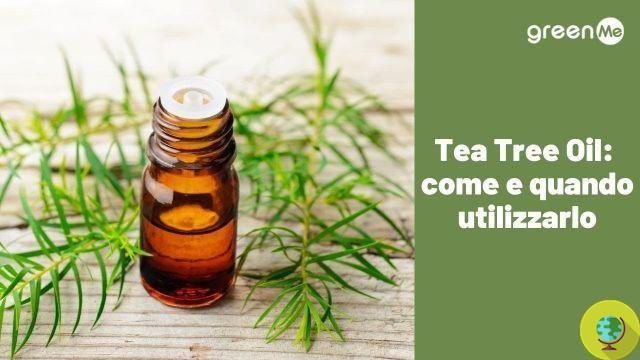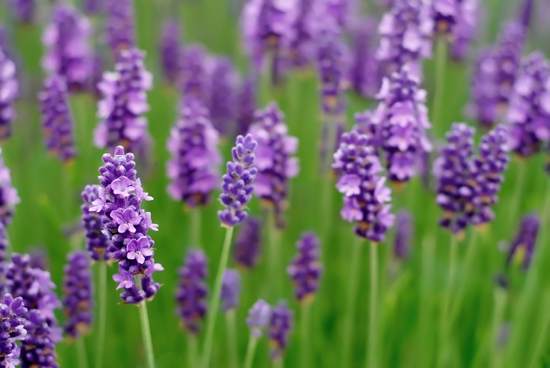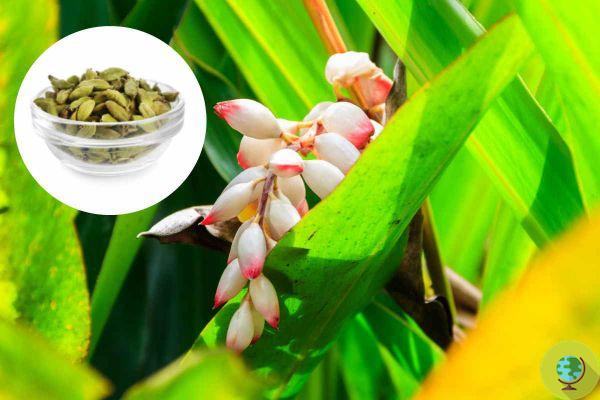
Cardamom is a spice native to the Indian subcontinent, which is distinguished by having an intense flavor very similar to mint. To have it available at no cost, we can try to grow it starting from the seeds we already have at home
He is about to end up run over, his mother saves him
Il cardamom is a tropical perennial herb, appreciated for its particular flavor especially in the cuisines of India and the Middle East. It is a spice made from the seeds found in small, thin pods. (Read also: Cardamom: 10 Benefits That Will Make You Use This Indian Spice More)
Index
What is cardamom?
Cardamom is a spice obtained from the seeds of two different species of the genera Elettaria and Amomum of the Zingiberaceae family.
The spice is made from the seeds found in small, thin pods. The pods have a triangular cross section and a paper-like outer coating.
The most common cardamom is green, but you may also have heard of black cardamom, which is derived from Amomum subulatum or Lanxangia tsaoko (formerly known as Amomum tsao-ko), and white cardamom, which usually refers to a bleached form of the green variety.
Where does cardamom come from?
Native to the mountainous forests of southwestern India, this spice has become a staple ingredient in Indian cooking, with its use dating back at least 4.000 years.
Even the ancient Greeks and Romans loved to use it; later, the Vikings discovered cardamom and also brought it back to Scandinavia, where it became a popular ingredient in mulled wine, sweets and bread.
Today, Saudi Arabia and Kuwait are the major importers; while, Guatemala is the largest commercial producer, followed by India and Sri Lanka.
The unique taste of cardamom is often described as very aromatic, with a resinous fragrance and a mint-like flavor.
How to sow cardamom
for seed propagation, we recommend that you purchase the seeds specially designed for planting, otherwise you will have to open a couple of pods from the pantry.
Place the seeds in a glass jar and cover with a 2,5% nitric acid solution. At this point, mix for about two minutes, then pour the seeds and acid into a colander. Rinse everything thoroughly.
After that, put the seeds in a bowl and cover them with warm water; let it sit overnight.
If outdoors, plant the seeds half to an inch apart, in a partially shaded location. Remember that they prefer a soil rich in slightly acidic humus.
Alternatively, you can plant cardamom seeds in a pot so you can bring the plant indoors to overwinter.
Next, you'll want to cover with a mulch of straw or grass.
Germination can take 20 to 40 days.
Plant growth and exposure
Make sure your plants are always partially shaded. Above all, keep the moist soil. They don't like soil that dries up; therefore, water regularly especially if the rains are not abundant.
You may also want to cover your plants from time to time, as they are used to a very humid climate.
If you have planted the cardamom in a jar, take it inside when temperatures drop below 10 °. Place the pot in a spot where it receives 6 to 8 hours of non-direct, but filtered light.
Pot-grown E. cardamomum plants can bind to the roots, which can discourage flowering. Should this occur, we recommend dividing your plant.
Expect flowers after about three years. The rhizomes can live 10-15 years.
Management of pests and diseases
The cardamom plant can be attacked by thrips, which you can deal with traps. You may also see nematodes, which in addition to damaging the plant slow down its growth.
If you think there are nematodes, dig into the soil and see if you can spot any root damage caused by the tiny pests that hide, lay eggs, and deprive the plant of nutrients.
If you have a nematode infestation, you may need to destroy your plants and treat the soil with sunburn or a chemical nematicide to try to get rid of the pests. (Read also: Insecticides against aphids and parasites: which are the best, not dangerous for bees and humans, according to the German test)
Diseases
These plants can be bothered by mushrooms; to prevent spread, the growing area must be kept clean and dead plant matter removed. You can also treat these problems with a specific fungicide.
Collection of cardamom
At the base of the stems, the plant forms long flower bracts which then develop into seed pods. These pods can be hand picked in the fall, 30-40 days after flowering.
If you are unsure, take a pod and check the color of the seeds inside. A ripe capsule has black seeds, while the seeds of an immature capsule are white. Another indicator is the fact that ripe pods peel off easily without having to push too hard.
How to store seeds
store the seeds, carefully wash the collected pods, eliminating the stems and foreign substances.
We recommend that you start the drying process immediately after harvesting to keep the flavor intact. After washing them, dry the pods with a dehydrator at a temperature not exceeding 48 °.
If you don't have a dehydrator, you can dry them by leaving them in the sun. If so, be aware that the pods may whiten, losing their natural green color.
Remember that the final product should not have a moisture content higher than 10%.
Follow us on Telegram | Instagram | Facebook | TikTok | Youtube
On cardamom you might be interested in:
- Cardamom, a spice to discover
- Cardamom: properties, uses and how much to take
- Cardamom: 10 Benefits That Will Make You Use This Indian Spice More
- Fat Burning Spices: 10 Amazing Herbs That Can Help You Lose Weight
- Spices and herbs to combine with each vegetable




